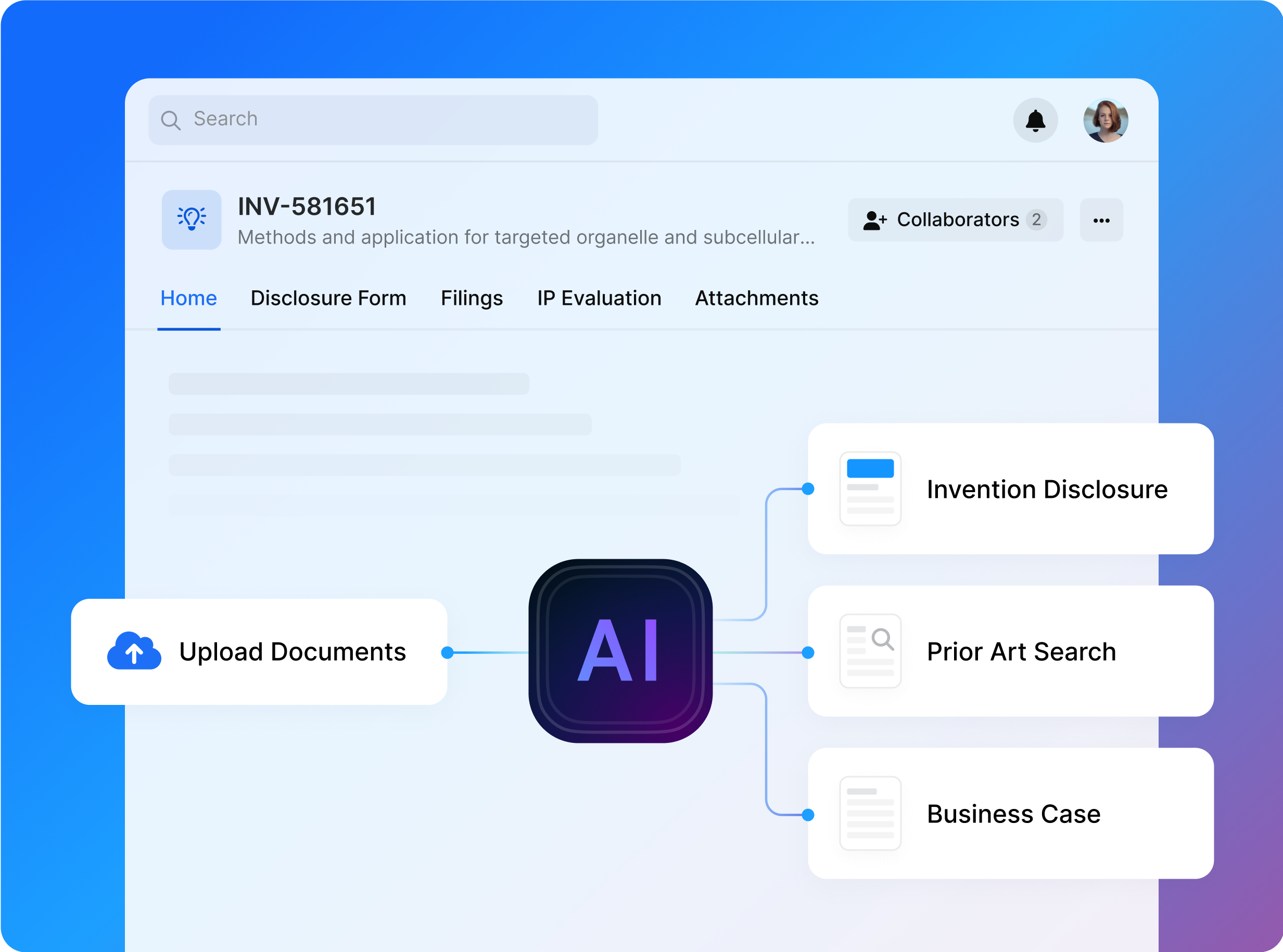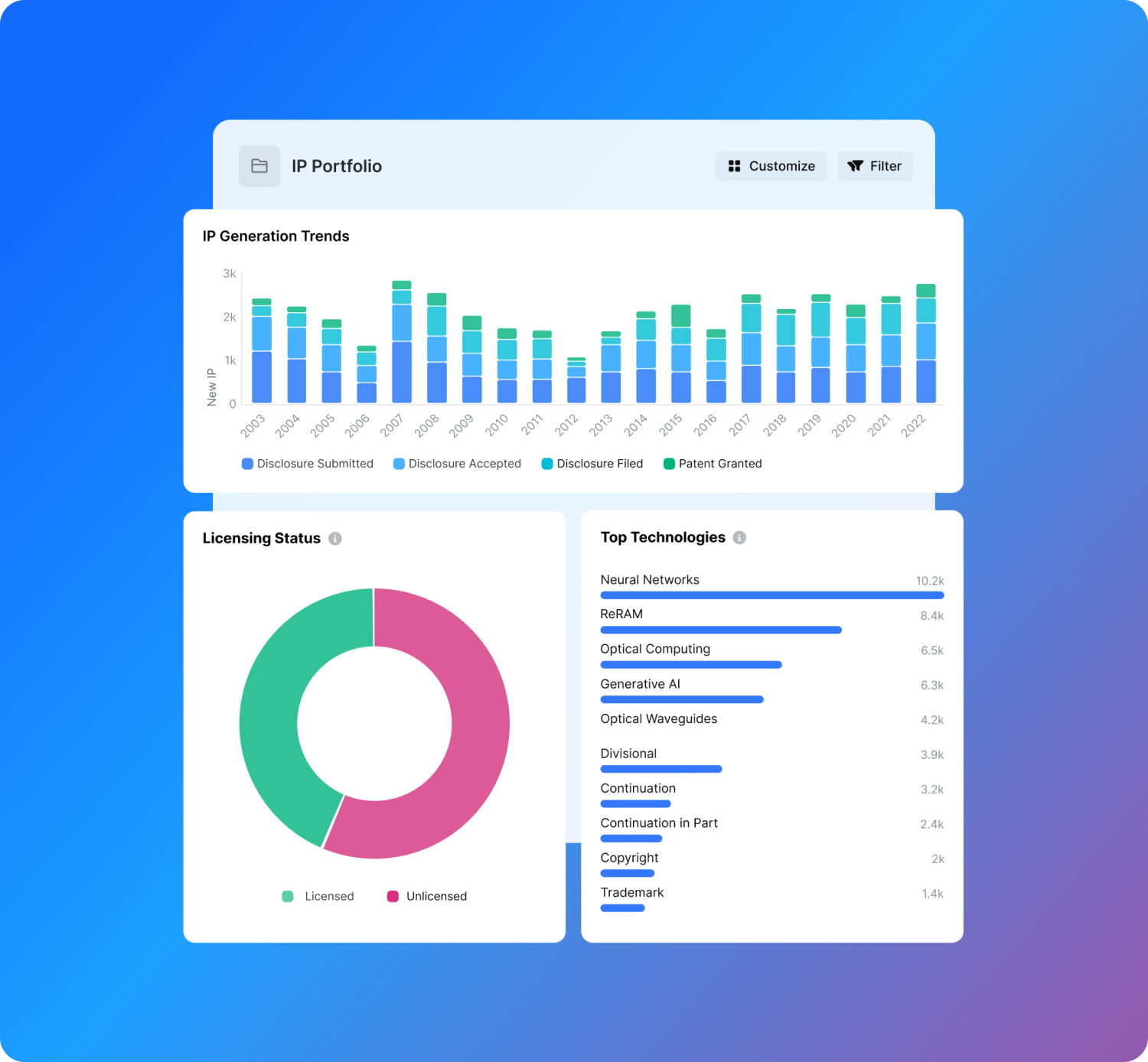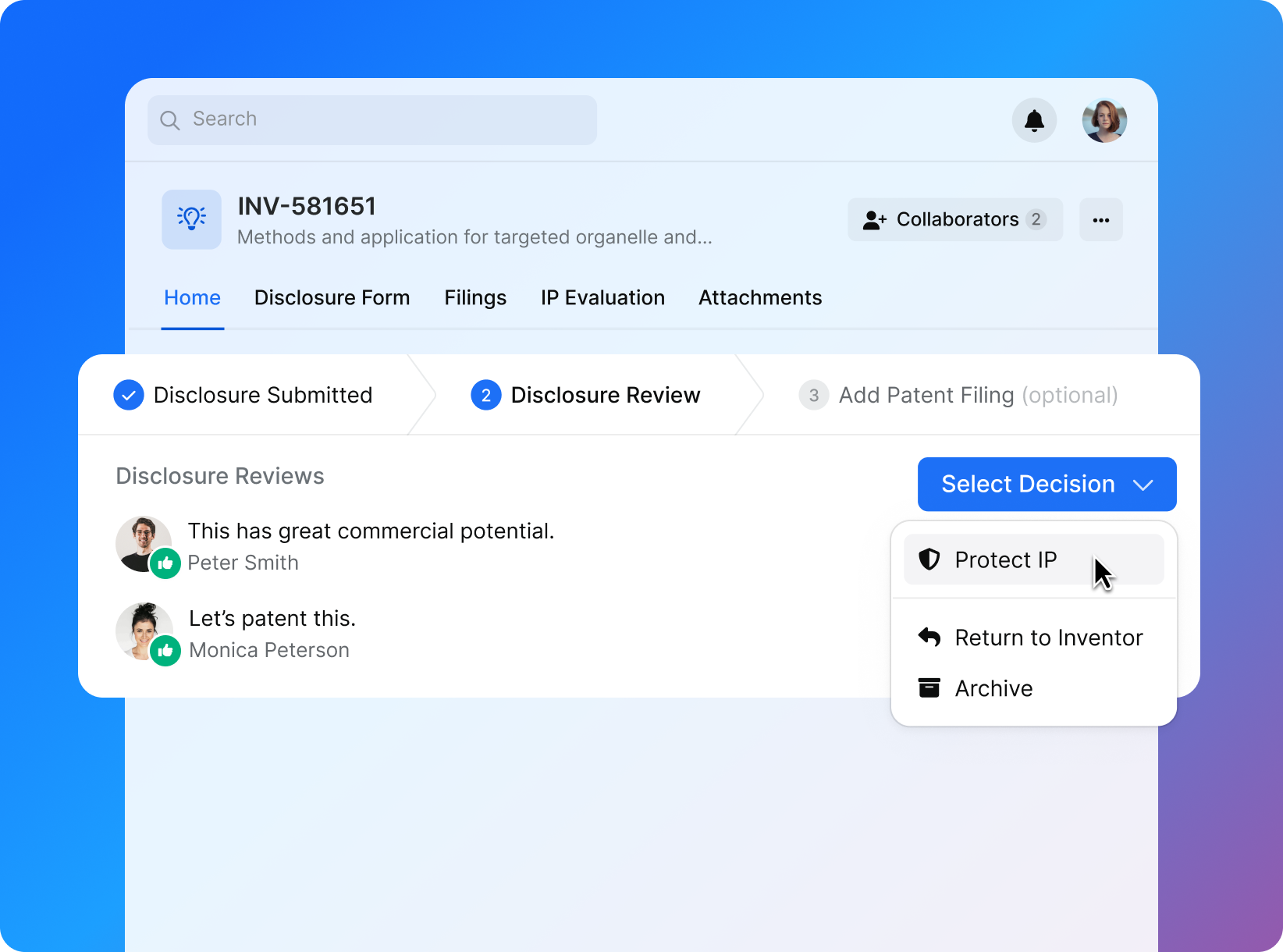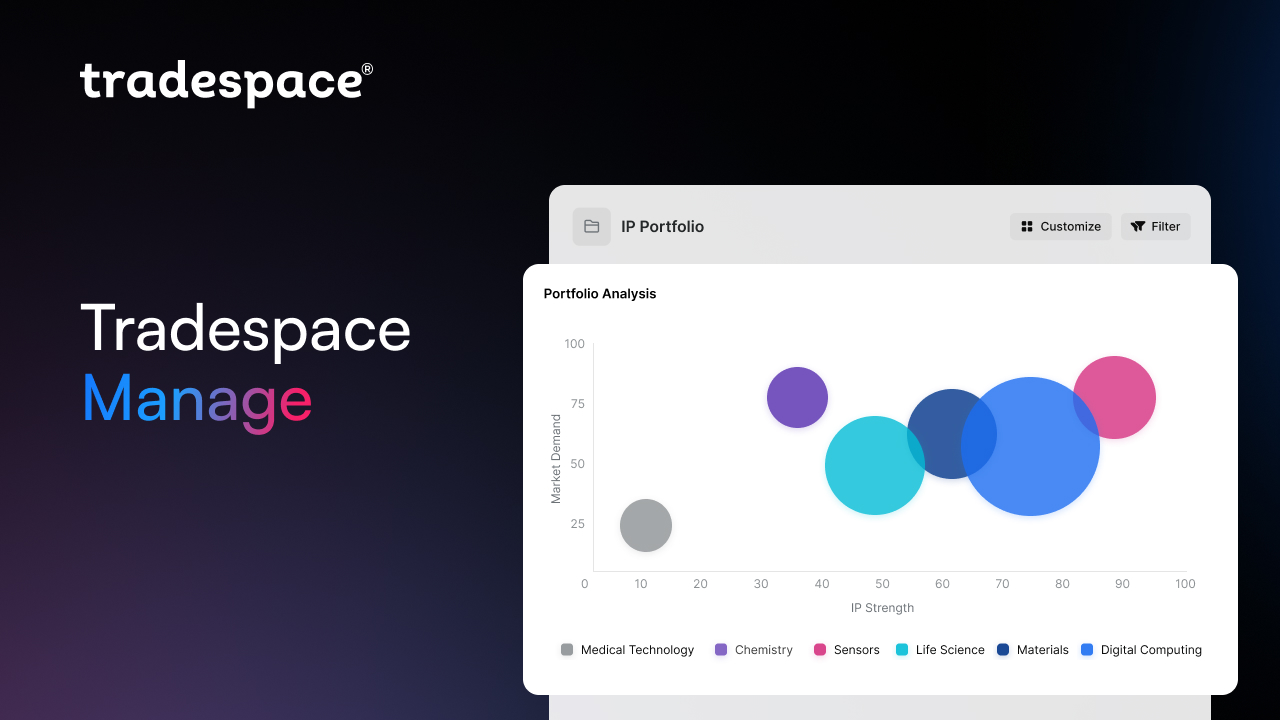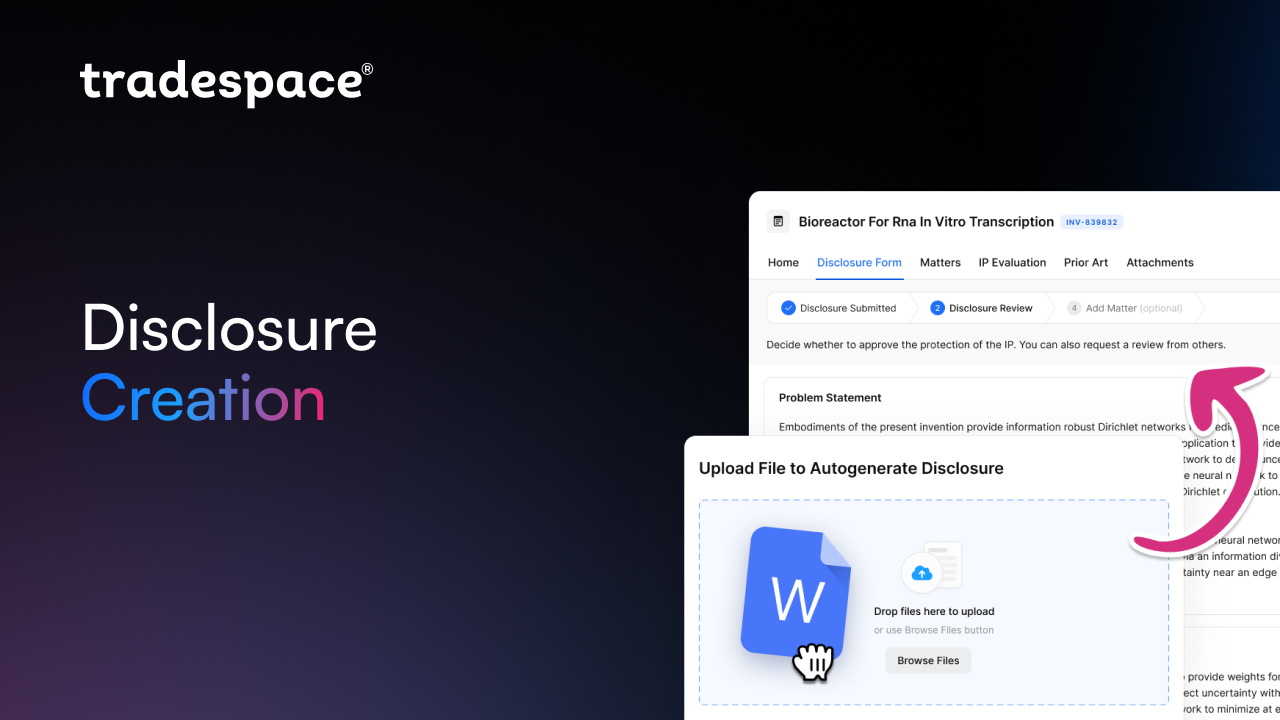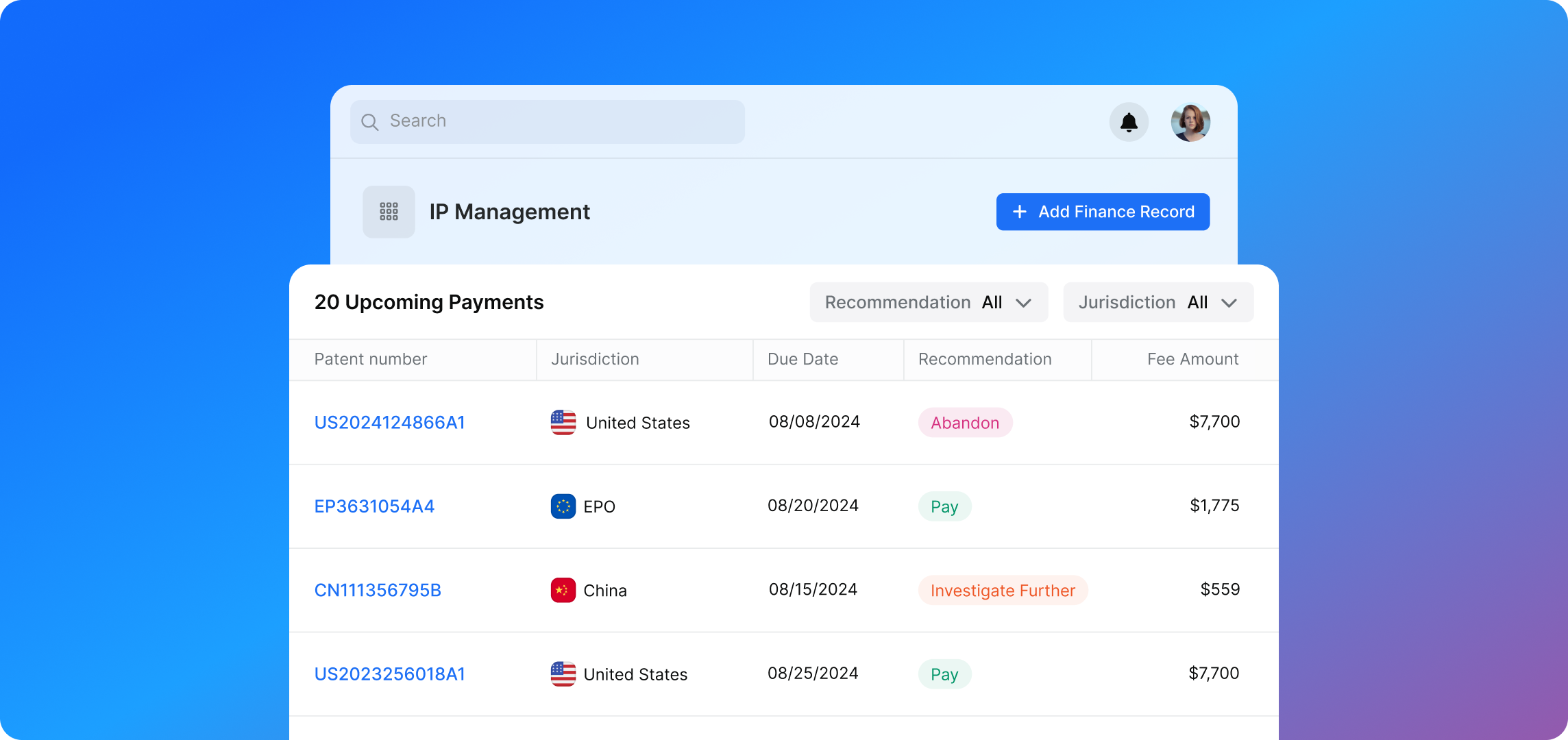How AI is drastically improving IP management and creation
Thanks to the advent of LLMs and generative AI over the past few years, managing IP is becoming far easier and more effective than ever before. AI is not just helping IP teams manage their existing portfolios, however. It’s also allowing them to craft stronger portfolios and improve their underlying IP. Here’s what IP teams need to know about managing IP with AI.

How AI is transforming IP management
How using AI to meaningfully manage IP is now possible
Unlike previous generations of legal technology that often over-promised and under-delivered, today’s AI solutions are built on genuine technical breakthroughs that directly address the core challenges IP teams face daily. The 2017 publication of Google’s “Attention Is All You Need” paper opened the door to large language models by creating a mathematical model for word meaning. Before this breakthrough, AI struggled with word order and sentence structure — critical limitations when managing IP, since patent law is fundamentally about precise language.
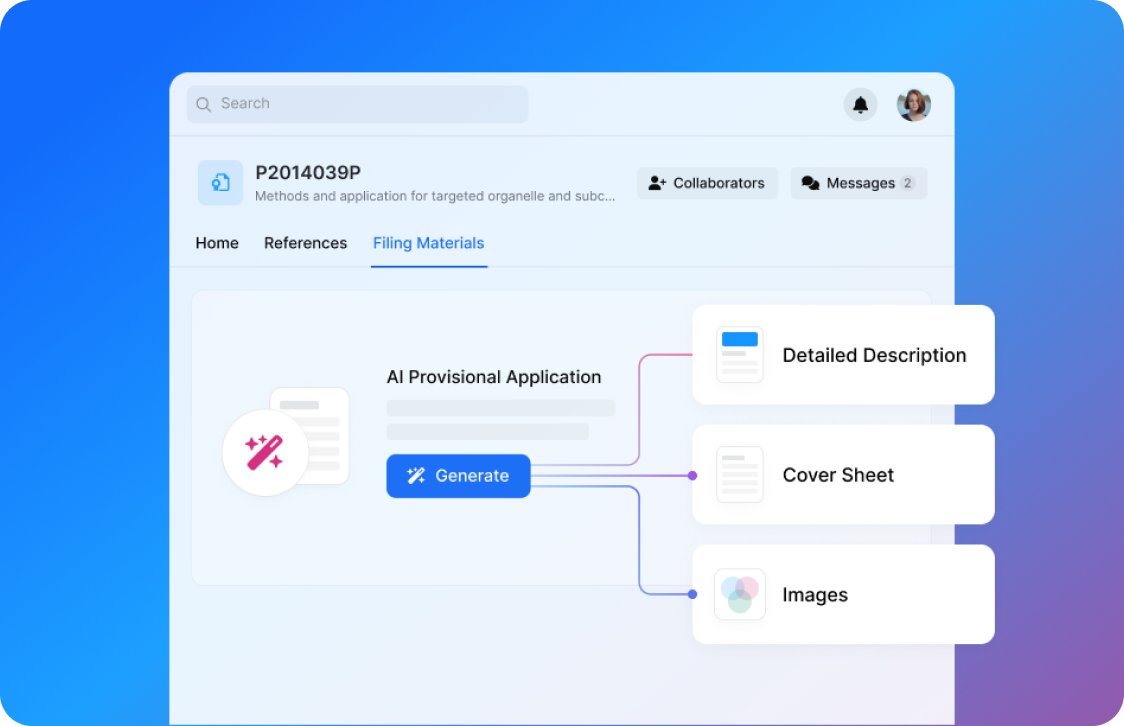
What managing IP with AI looks like for IP teams
Now, AI systems can interpret and generate text about inventions with human-level proficiency. Modern AI tools function as powerful research assistants with limitless capacity to synthesize lengthy technical documents into clear invention disclosures, compare new inventions against vast patent databases, summarize prior art references, analyze competitor IP landscapes, and identify patterns across entire portfolios — all IP management tasks that previously required extensive human expertise and time.
What AI-transformed IP management looks like in practice is a system where routine information gathering and analysis are automated, allowing IP professionals to focus on strategic decision making and high value legal work. Instead of spending hours manually processing disclosure forms or conducting preliminary prior art searches, IP teams can leverage AI to handle initial analysis and data synthesis, then apply their expertise to managing portfolio strategy, prosecution decisions, and competitive positioning.
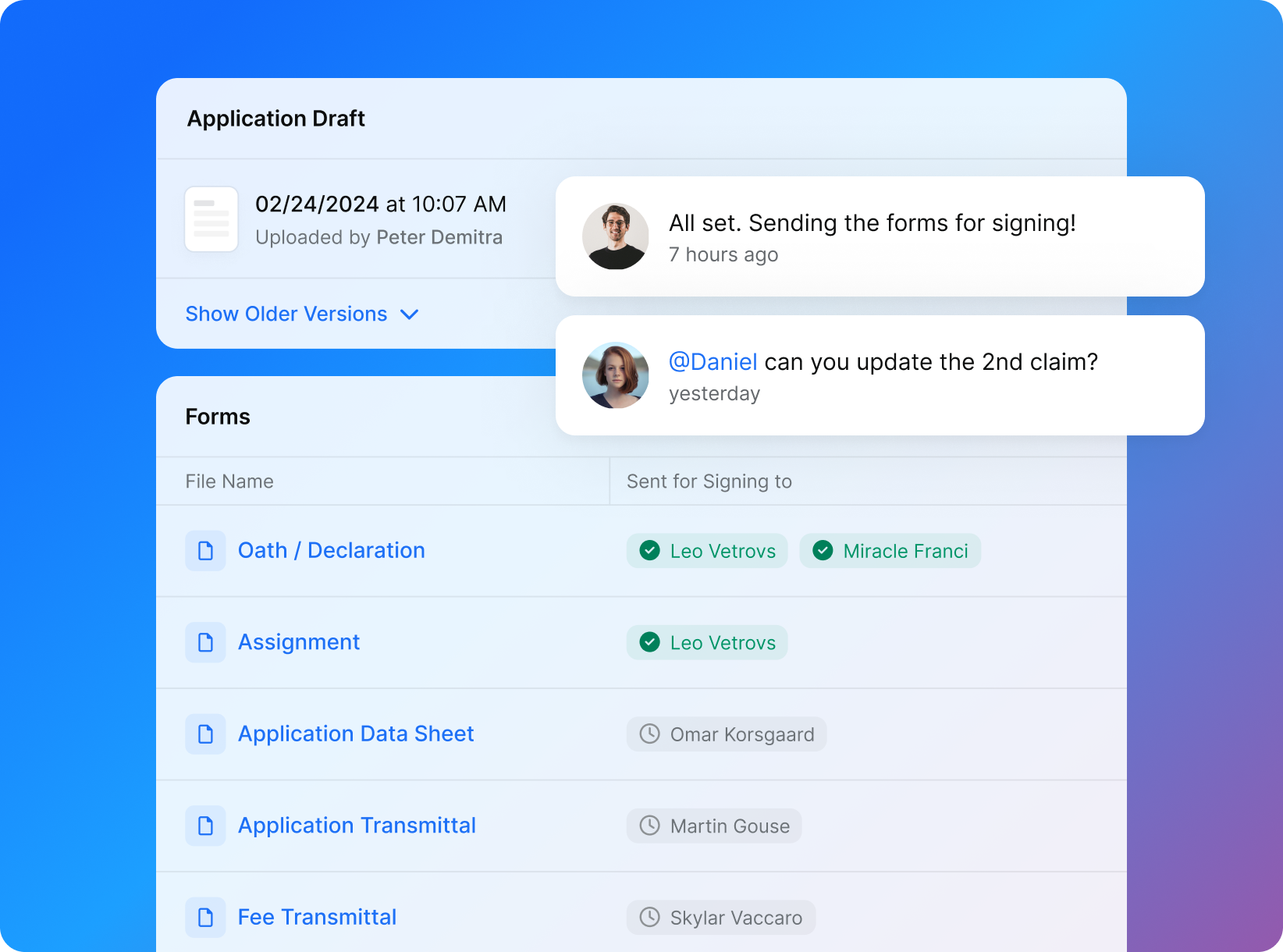
Why current pressures on IP teams make managing IP with AI essential
Despite a brighter economic outlook for businesses and increased patent filing in 2025, IP teams are still facing enormous cost pressures. This trend is likely to only continue — or even pick up — as AI changes expectations around how much companies can get out of their employees. Meanwhile, innovation complexity continues to surge with software becoming even further embedded in more and more products, the advent of AI-driven inventing, and the increasing strategic importance of trade secrets in addition to patents. It’s no wonder that most IP teams are now actively experimenting with AI solutions for managing IP through tasks like prior art search, evidence of use analysis, or patent drafting.


